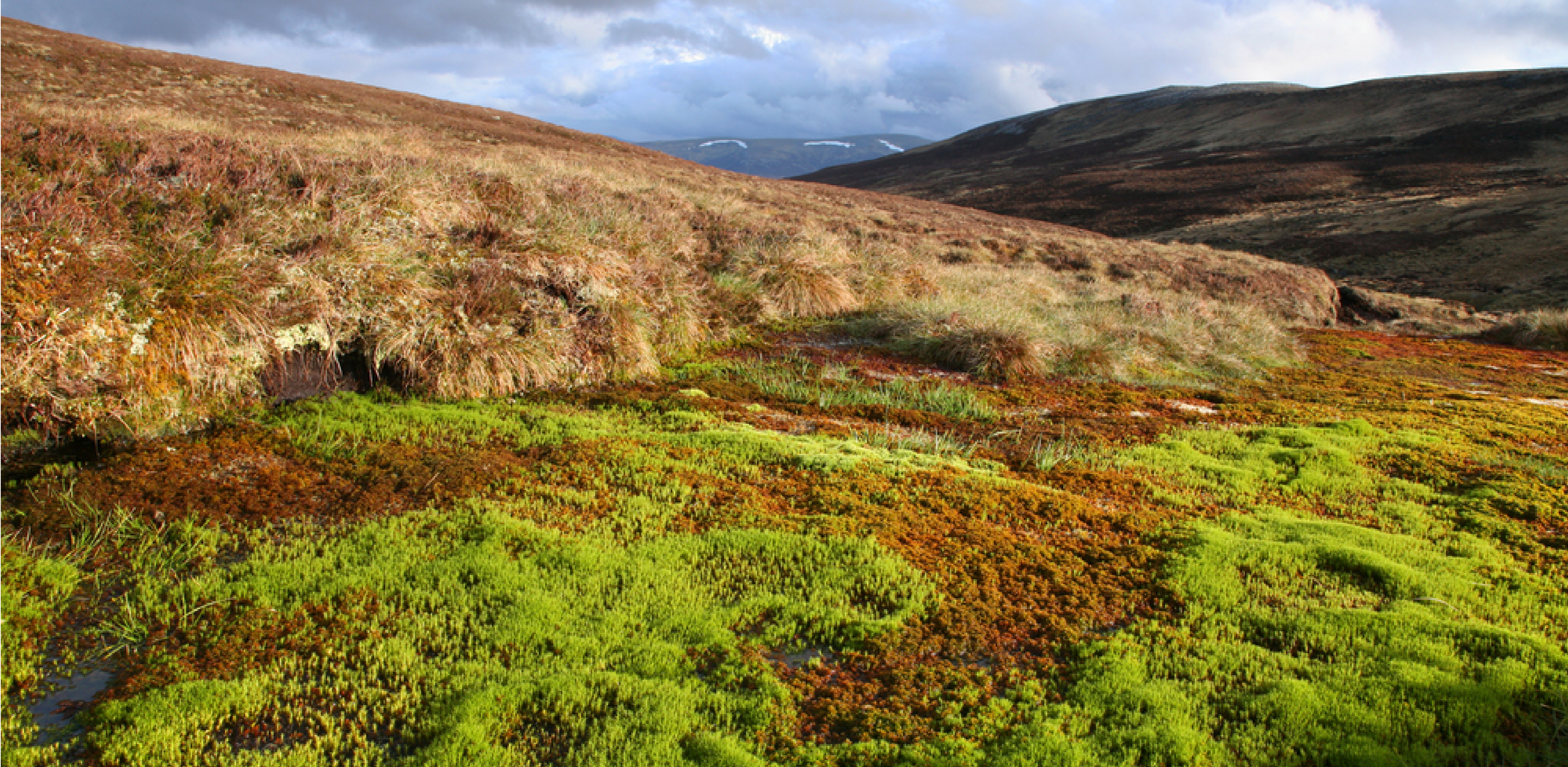Land Use in Scotland: Changes, Challenges and Solutions – by Roger Crofts
This personal account from Roger Crofts FCIEEM of the CIEEM Scotland Conference 2020 also appears on the Royal Scottish Geographical Society website.
You might be despondent having read the international outlook on the environment and in particular the failure to meet many of the key targets reviewed in The Geographer issue on Nature’s Solutions (Spring 2020). Of course, targets are vitally important, but they are not the be all and end all. Action on the ground is equally important. I report now on a one-day conference at the end of October organised by the Chartered Institute of Ecology and Environmental Management on Land Use in Scotland: Changes, Challenges and Solutions.
In thirteen presentations we heard of many innovative and ground breaking action projects around Scotland and of new ways of addressing the duality of the climate emergency and the biodiversity crisis, and at the same time providing economic and community benefits.
Environmental benefit is now being built into many projects from the outset, such as the dualling of the A9 from Perth to Inverness led by Transport Scotland for the Scottish Government. Previous infrastructure projects such as wind farms are being radically improved with land restoration of soil and habitats resulting in biodiversity gain. This is occurring, for example at the very large wind farm at Whitelee south of Glasgow by Scottish Power Renewables. Rivers which were canalised in the past and the flood plains drained for agriculture are being renaturalised by reinstating meanders and linking the river back to its floodplain and development of riparian woodland, as in the Eddleston in the Tweed catchment under the guiding hand of the Tweed Foundation. Small isolated patches of native woodland are being extended and connected through far sighted strategic planning for the future at a number of locations. This is planned for the whole of the Cairngorms National Park and with a particular project, Cairngorms Connect, a multi-party project in Speyside, being the largest woodland restoration project in the UK. The same is happening in parts of the Tweed catchment led by Borders Council, for example on the Ettrick and Ale. Communities are also taking the lead in planning for land acquisition , as in the Langholm area.
These and other projects exemplified during the day mean that new partnerships between land owner and managers, government bodies, the business sector and local communities have developed. These are combinations which in the past did not work together, but now are active in achieving change to land use with landscape and biodiversity gains and mitigation of climate change. They would not have happened without the use of trusted intermediaries, such as the Tweed Forum, the Southern Uplands Partnership, the Galloway and Southern Ayrshire Biosphere and the Cairngorms National Park, to facilitate the process by bringing the parties together, to ensure exchange of information and ideas, to agree a strategy and to deliver the necessary action. These approaches have been talked about for long enough, but as the speakers made clear they are now allowing transformational change on the ground to help address the twin crises. Regional Land Use Partnerships are clearly a way forward and the work being led by the Scottish Land Commission should help to realise them in practice around the country.
All of this activity raises questions about how we protect nature and whether the tried and tested methods of nature sites are the way forward with climate change and the concomitant effects on biodiversity in mind. And whether the concept of preservation was appropriate rather than conservation within a changing natural and socioeconomic climate. Emerging thinking suggests that we still need the protected sites and areas, but they need to be linked through networks and corridors into whole landscape approaches. This is fully in tune with international thinking and action and shows that Scotland is playing a leading role. It also means that when we have better control on herbivore grazing, especially sheep and red deer, vegetation does expand to its natural limits, especially on our mountains. Albeit, it will sometimes need a helping hand using native seed sources.
A recurrent theme was the importance of gathering the appropriate data through establishing monitoring schemes and applying modern analytical tools and, most crucially, making sure that the information and its objective interpretation was used in the planning and management of the projects.
Summing up the conference, I flagged five take home messages. First is a transformative approach with the future in mind with radically different funding of land management after Brexit, a dynamic approach to conserving nature, and building environmental values into all programmes and projects. Second, addressing the dual crises by restoring nature’s functions, and using environmentally-led design. Third, having clear outcomes and targets by moving action up the spatial scape to whole landscapes and using the concepts of Nature-based Solutions and Biodiversity Net Gain. Fourth, by changing mindsets through embedding new thinking, for example not afforestation but woodlands creation. And finally, engagement and empowerment of all communities of interest and allowing local approaches to operate.
In a warm-up talk to the conference, I focused on upland land use, noted progress on legislation, policy and action on the ground and set out a five point action plan. It is available to watch online.
Blog posts on the CIEEM website are the views and opinions of the author(s) credited. They do not necessarily represent the views or position of CIEEM. The CIEEM blog is intended to be a space in which we publish thought-provoking and discussion-stimulating articles. If you’d like to write a blog sharing your own experiences or views, we’d love to hear from you at JasonReeves@cieem.net.
